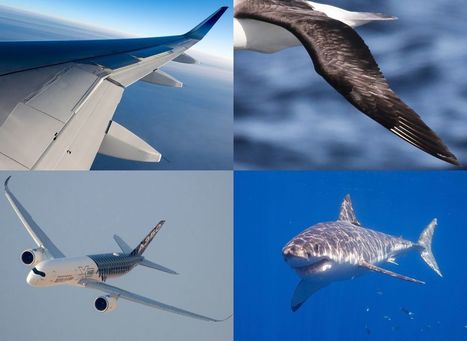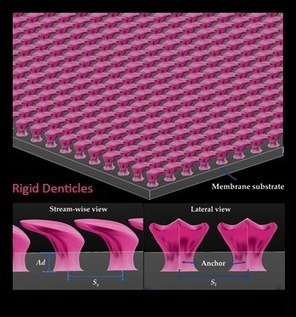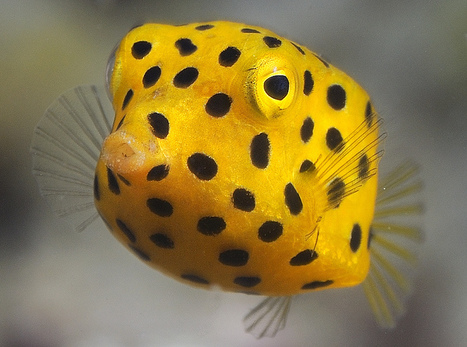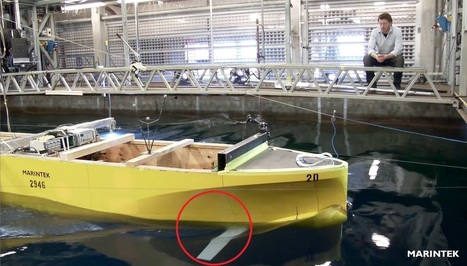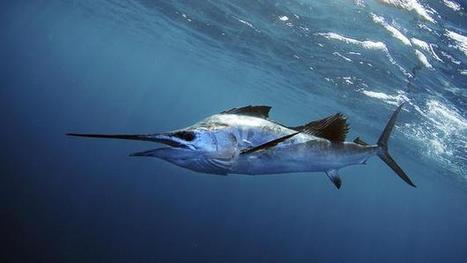The growing science of biomimicry focuses on what humanity can learn from the world, and Airbus engineers are learning quite a lot about efficient solutions for aircraft design that nature has spent millions of years refining.
Research and publish the best content.
Get Started for FREE
Sign up with Facebook Sign up with X
I don't have a Facebook or a X account
Already have an account: Login
 Your new post is loading... Your new post is loading...
 Your new post is loading... Your new post is loading...

Marcelo Errera's curator insight,
July 14, 2015 3:03 PM
Mimicking is a great way of fast-forwarding the design process. It is a never ending process.
|
|




